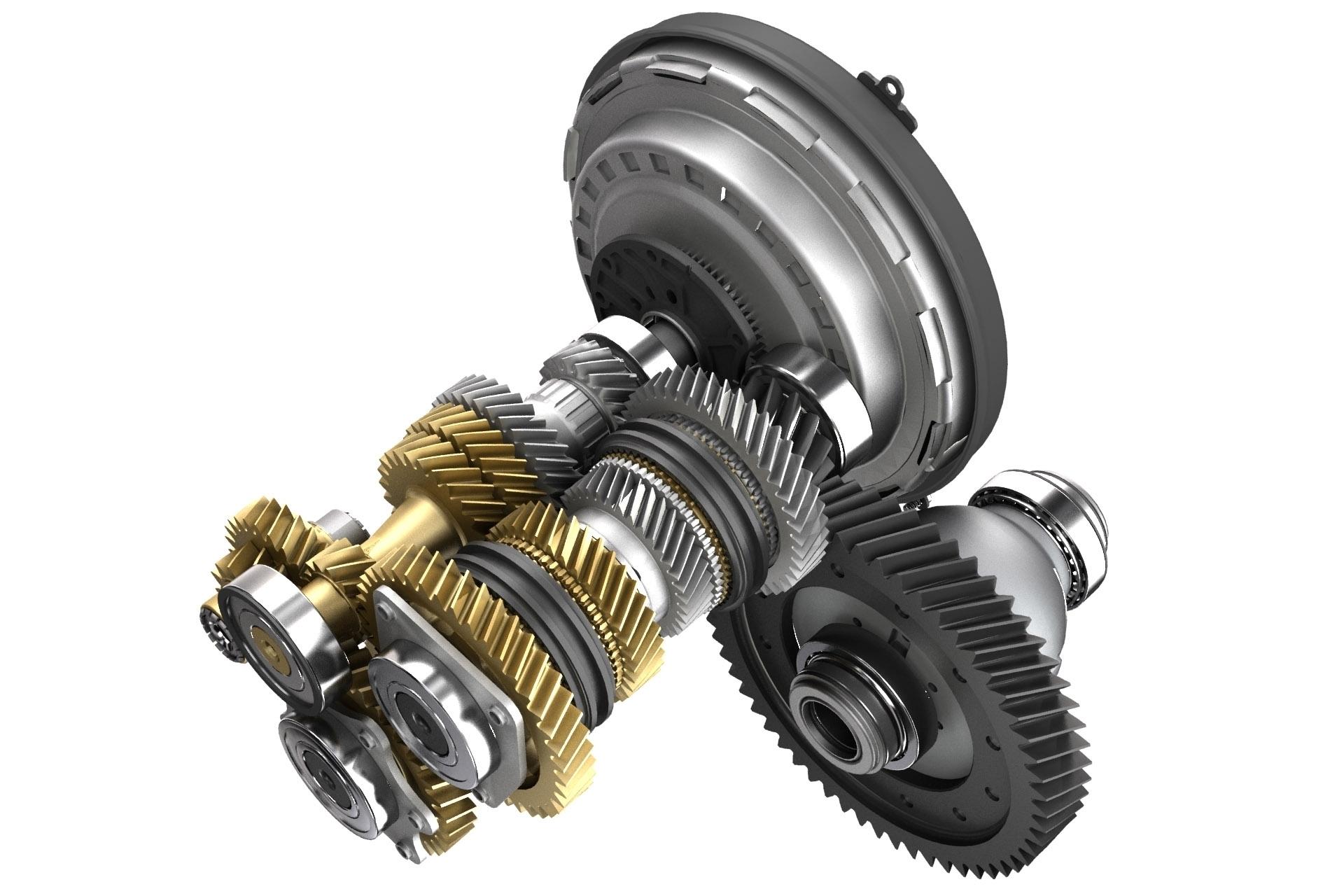Automotive transmission gears play a vital yet often unrecognized role in modern vehicles. Sitting behind the scenes, these metal cogs work tirelessly to transfer power from the engine to the wheels. Without a reliable transmission system, cars simply would not work.
Types of Transmission Systems
There are three main types of transmission systems found in automobiles - manual, automatic, and continuously variable (CVT).
Manual Transmissions
A manual transmission, also called a stick-shift, uses driver-operated clutch and gearshift levers to change gears in the transmission. The driver engages the clutch when changing gears to disengage the transmission from the engine. This transmission system relies on a set of sliding metal gears contained inside a gearbox. As the driver switches between gears, different combinations of transmission gears mesh to alter the rpm and torque outputs. While requiring more driver input, manual transmissions provide improved fuel efficiency compared to other systems.
Automatic Transmissions
Automotive Transmission Gears are by far the most common type found in modern vehicles. Rather than using clutch and gearshift levers, an automatic transmission selects the appropriate gear for the driver based on factors like vehicle speed and engine load. Complex hydraulic and electronic systems control gear changes seamlessly without driver input. Inside, an 'automatic transmission' in fact contains a traditional planetary gearset along with hydraulic solenoids, valves, and a torque converter to stand in for the manual clutch. This provides a comfortable driving experience but tends to be less fuel-efficient than a manual.
Continuously Variable Transmissions
A more advanced transmission design is the CVT, which provides an infinite range of gear ratios rather than fixed steps. CVTs use a pulley system instead of traditional gears, with one pulley able to vary its size hydraulically. This allows the transmission to seamlessly adjust to the optimum gear ratio for any driving situation without shifting between discrete gears. CVTs enable good acceleration and fuel economy but sometimes lack the engaging driving feel of other transmissions. They are found primarily in economy-focused small cars.
The Components of a Transmission
Whether manual or automatic, all transmission systems contain core components that work in tandem to deliver power to the wheels.
Gears
At the heart of any transmission are the gears - circular disks with teeth around the edge. Various sized gears mesh together to alter the rotational speed and torque outputs. For example, a smaller gear will deliver higher rpm but lower torque when meshed with a larger gear. Transmissions contain multiple gear sets that interact in different ways depending on the selected gear.
Shafts
Gears are mounted on concentric steel shafts that transmit rotational motion between gear pairs. Main shafts run through the center of a transmission case while layshafts hold intermediate gears. Together, these precisely engineered shafts deliver reliable power transfer.
Bearings and Seals
Bearings permit smooth, low-friction rotation of shafts within the transmission housing. Seals prevent lubricating oil from leaking while keeping dirt and water out. Transmissions require lifetime lubrication to keep components properly coated and running cool.
Clutches
In manual transmissions, clutches engage and disengage transmission gears from the engine as the driver shifts. Automatic transmissions use hydraulic torques converters and variable clutch packs to simulate gearshifts without driver effort. Modern computer-controlled clutches provide ultra-smooth shifting.
Planetary Gears
Sophisticated planetary gearsets lie at the heart of automatic transmissions, changing ratios through the selective braking of rotational elements within epicyclic gear trains. Planetary gearing enables complex multi-speed automatic shifting.
The Vital Role of Transmission Gears
Whether it's accelerating from a stoplight or cruising down the highway, transmission gears play an indispensable role in delivering responsive performance from your vehicle's engine. Here are some of the key functions they provide:
- Gear Reduction - Smaller drive gears increase engine rpm and reduce torque/power lost to the driveshaft and wheels, for more efficient power delivery over a wide speed range.
- Speed Variation - Different gear combinations let the engine operate at its ideal rpm under varying loads and vehicle speeds through the use of stepped torque multiplication.
- Power Transfer - Geared transmission systems connect the engine's rotational energy to the rear axle/wheels through a mechanical linkage for smooth, responsive acceleration and braking.
- Fuel Efficiency - Transmissions help engines run in their most efficient fuel consumption zones whether starting from rest, cruising, or passing at highway speeds.
With transmissions containing dozens of precision-machined components working in perfect synchronization behind the scenes, it's easy to underestimate their importance in everyday vehicle operation. Reliable transmission gears are fundamental to the smooth, efficient drivability we take for granted each time we turn the key. Though complicated, they demonstrate engineering skills that are nothing short of impressive.
Automotive transmission systems may seldom receive recognition, their dependable operation is absolutely critical to mobiling connecting us to our world every day. The next time you effortlessly change gears or let your car autonomously shift for you, spare a thought for the intricate inner workings that make it all possible.
Explore more related article on this topic: https://www.newswirestats.com/automotive-transmission-gears-understanding-how-gears-help-transfer-power-in-a-vehicle/
For More Insights On This Topic: https://coolbio.org/understanding-human-embryonic-stem-cells/



